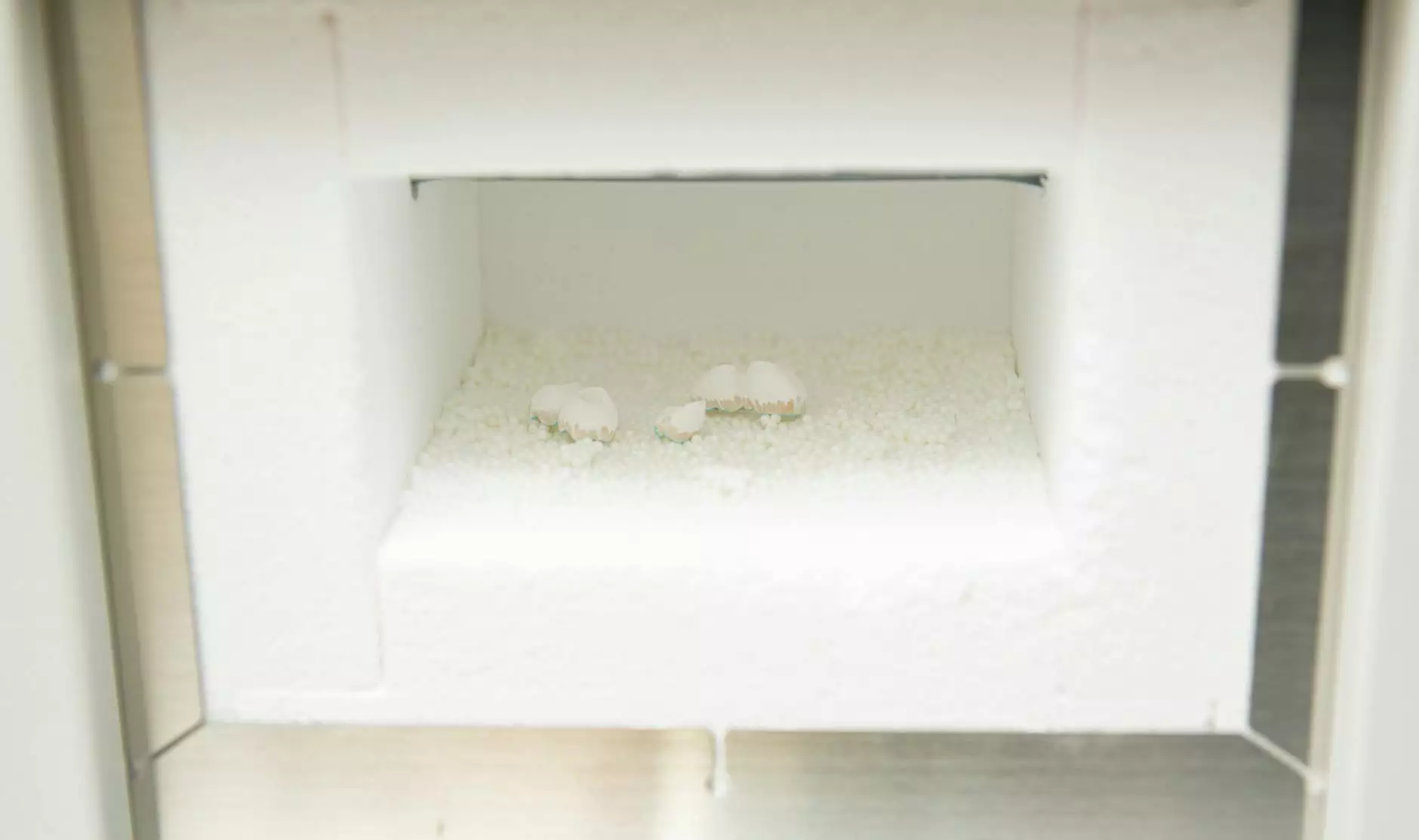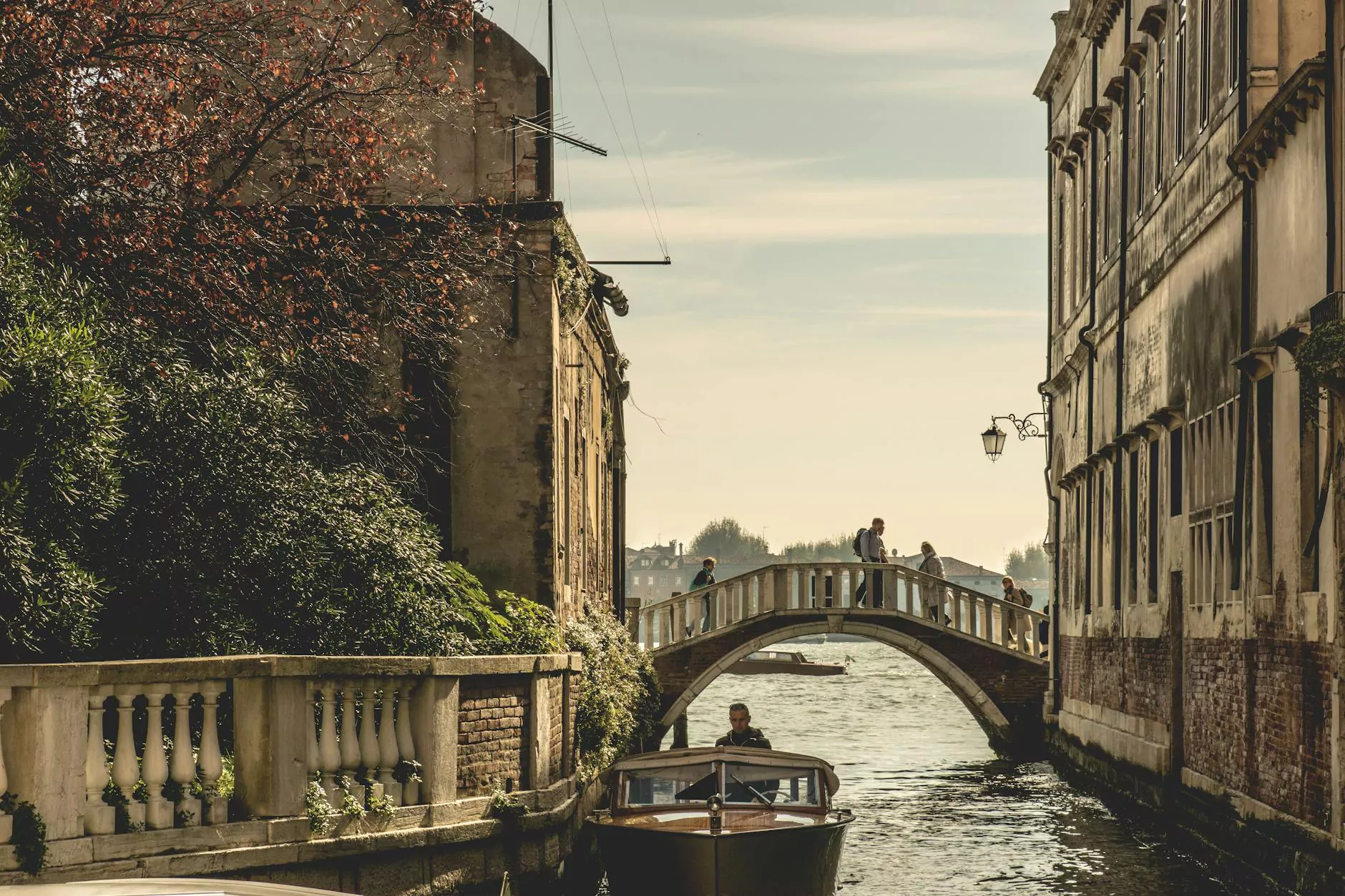The Ultimate Guide to Antler Knives: Craftsmanship Meets Functionality

When it comes to outdoor gear, few tools are as versatile and cherished as the antler knife. With their unique design, durability, and aesthetic appeal, antler knives have become a favorite among outdoor enthusiasts, collectors, and kitchen connoisseurs alike. In this comprehensive guide, we will delve into the history, uses, benefits, and craftsmanship associated with antler knives, as well as how you can find the perfect one for your needs.
1. A Brief History of Antler Knives
The use of knives dates back to ancient times, and the incorporation of antler into knife-making is a practice that has stood the test of time. Early humans utilized antlers from deer, elk, and other animals not only for their strength but also for their availability. The sharp edges and durable nature of antlers made them ideal for creating tools that could withstand the rigors of survival in the wilderness.
As cultures evolved, so did the techniques used in knife-making. Antler knives became prominent in various regions worldwide, with indigenous peoples crafting exquisite blades that were both practical and symbolic. Today, we continue to celebrate this age-old tradition by forging high-quality antler knives that honor both the craftsmanship of the past and the needs of modern users.
2. The Craftsmanship of Antler Knives
Creating an exceptional antler knife is an art that combines skill, quality materials, and a deep respect for nature. The process begins with selecting the right antler, which is often sourced from deer or elk. Each piece of antler has its own distinct characteristics, including color, grain, and texture, making each knife a unique work of art.
2.1 The Selection of Antlers
Artisans carefully select antlers based on these qualities:
- Color: Different species produce varying hues, ranging from light cream to deep browns.
- Density: Thicker sections of antlers are preferred for durability.
- Texture: The surface can be smooth or rugged, impacting both grip and aesthetic appeal.
2.2 Blade Material
The blade of an antler knife is typically made from high-carbon steel or stainless steel, depending on the desired sharpness and corrosion resistance. High-carbon steel offers incredible sharpness and edge retention, while stainless steel provides durability and less maintenance.
2.3 Final Assembly
Once the blade is forged, it is securely fixed to the antler handle. Craftsmen use expert techniques to create ergonomic grips, ensuring that the knife is comfortable to hold while providing optimal control during use.
3. Uses of Antler Knives
Antler knives are not just beautiful; they are also immensely practical. Here are some of their most common uses:
- Culinary Purposes: Many chefs appreciate the unique aesthetics of an antler knife, making it a popular choice for both everyday meal preparation and gourmet presentations.
- Outdoor Activities: Whether you're camping, hunting, or fishing, an antler knife can be an indispensable tool for processing food, cutting ropes, or preparing kindling.
- Collectibles: The beauty and craftsmanship of antler knives make them highly sought after by collectors, especially those who appreciate handcrafted items.
- Gift Items: Due to their unique design and functionality, these knives make excellent gifts for outdoor enthusiasts and collectors alike.
4. Advantages of Using Antler Knives
Choosing an antler knife comes with several benefits, including:
- Durability: Antler is a naturally strong material, providing stability and resilience in various conditions.
- Unique Design: Each knife has its unique look due to variations in the antler, ensuring that no two knives are alike.
- Eco-Friendly: Antler is a renewable resource that is often sourced from animals that naturally shed their antlers, promoting sustainability.
- Versatility: Ideal for both culinary and outdoor uses, an antler knife is truly multifunctional.
5. Caring for Your Antler Knife
To maintain the beauty and functionality of your antler knife, proper care is essential. Here are some tips to keep your knife in prime condition:
- Clean After Use: Wash your knife with warm soapy water, and avoid soaking it to protect the antler handle.
- Dry Thoroughly: Make sure to dry your knife completely to prevent water damage.
- Oil the Blade: Apply a thin layer of mineral oil to the blade to prevent rust, especially if using high-carbon steel.
- Store Properly: Keep your knife in a cool, dry place and consider using a protective sheath to prevent scratches.
6. Where to Buy Quality Antler Knives
When it comes to purchasing an antler knife, quality is key. At Willow Creek Custom Knives, you will find a curated selection of premium knives crafted with the finest materials and craftsmanship. Each knife is a testament to our commitment to both quality and artistry.
Here are some reasons to purchase from Willow Creek Custom Knives:
- Expert Craftsmanship: Each knife is handmade by skilled artisans who channel their passion into every piece.
- Wide Variety: We offer a range of designs and sizes to suit different needs and preferences.
- Unmatched Durability: Our knives are built to last, ensuring a reliable companion for all your outdoor adventures.
- Customer Support: We pride ourselves on our excellent customer service, guiding you through your purchase and beyond.
7. Conclusion
In conclusion, the antler knife is a remarkable tool that blends functionality, craftsmanship, and aesthetic appeal. Whether you are using it for cooking, outdoor adventures, or as part of your collection, an antler knife is sure to impress with its unique beauty and practical benefits. Explore the offerings at Willow Creek Custom Knives and find the perfect addition to your outdoor gear and knife sharpening needs.
Investing in a quality antler knife is more than just acquiring a tool; it’s about embracing the history, artistry, and the connection we hold with nature. Unlock the potential of this versatile knife and elevate your outdoor experience today!









